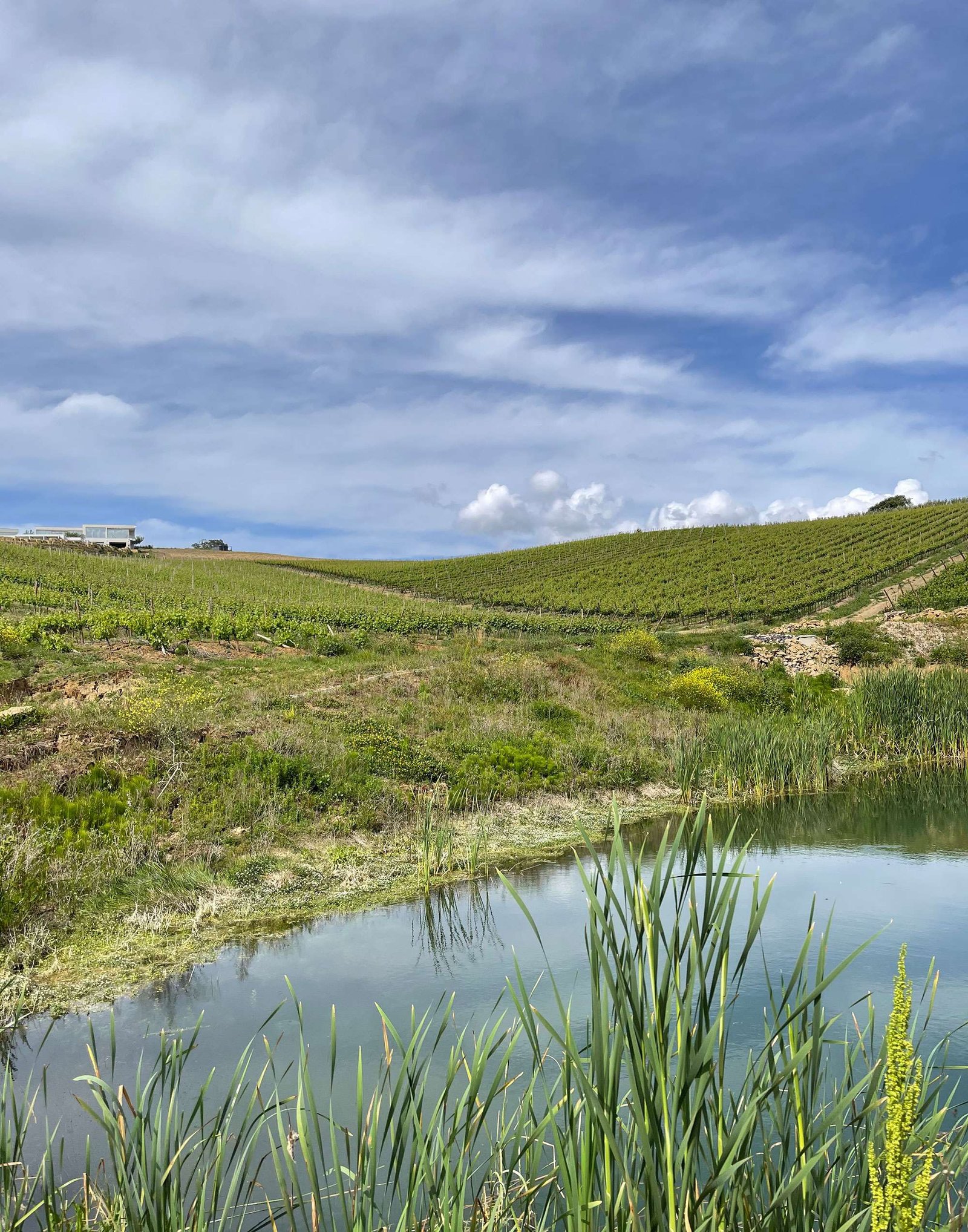
Quinta Vale Benfeito, is a rustic property, located in the area of the so-called “Alto Concelho de Alenquer”, 40km north of Lisbon, very close to the beaches of the West (30km Praia de Santa Cruz).
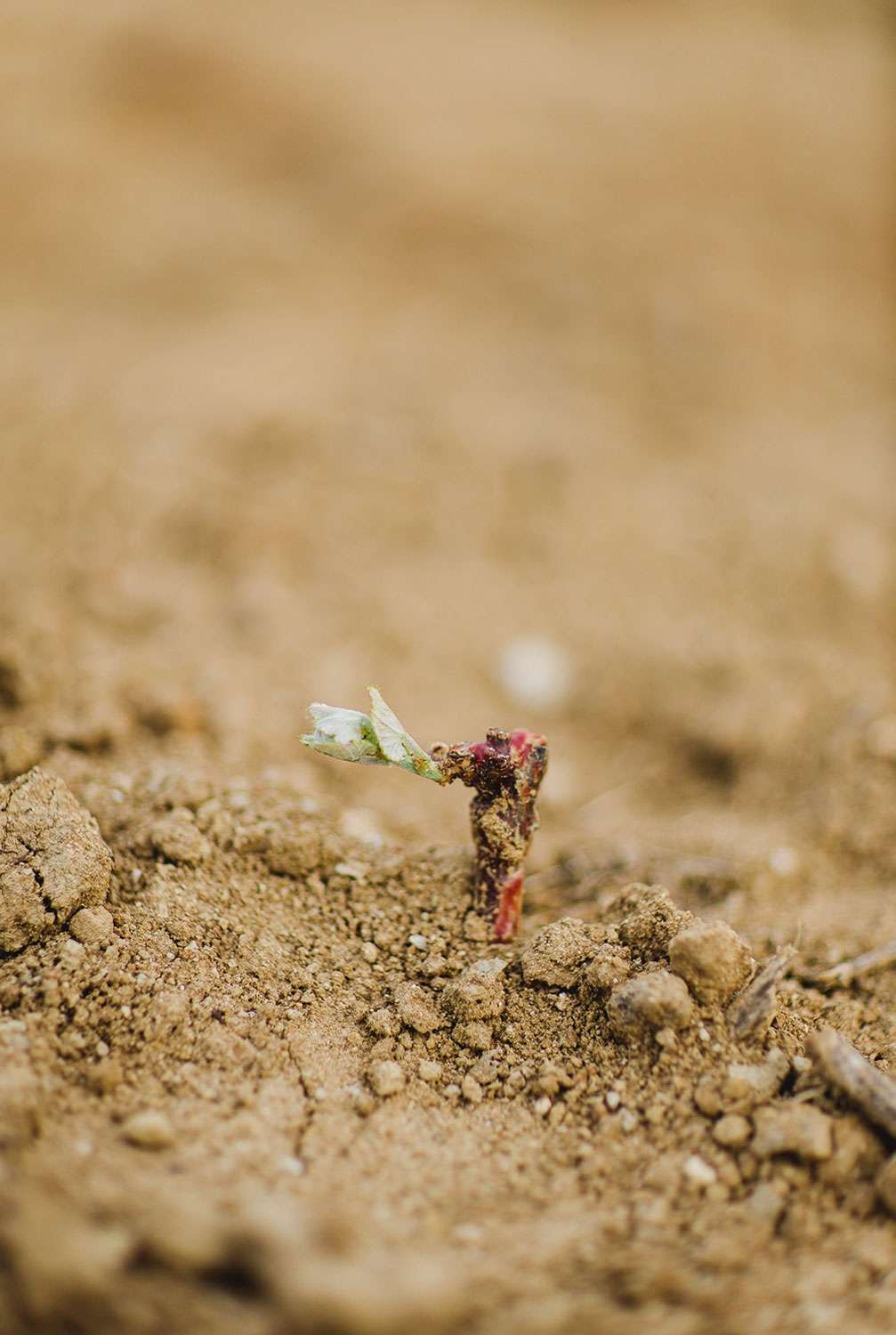
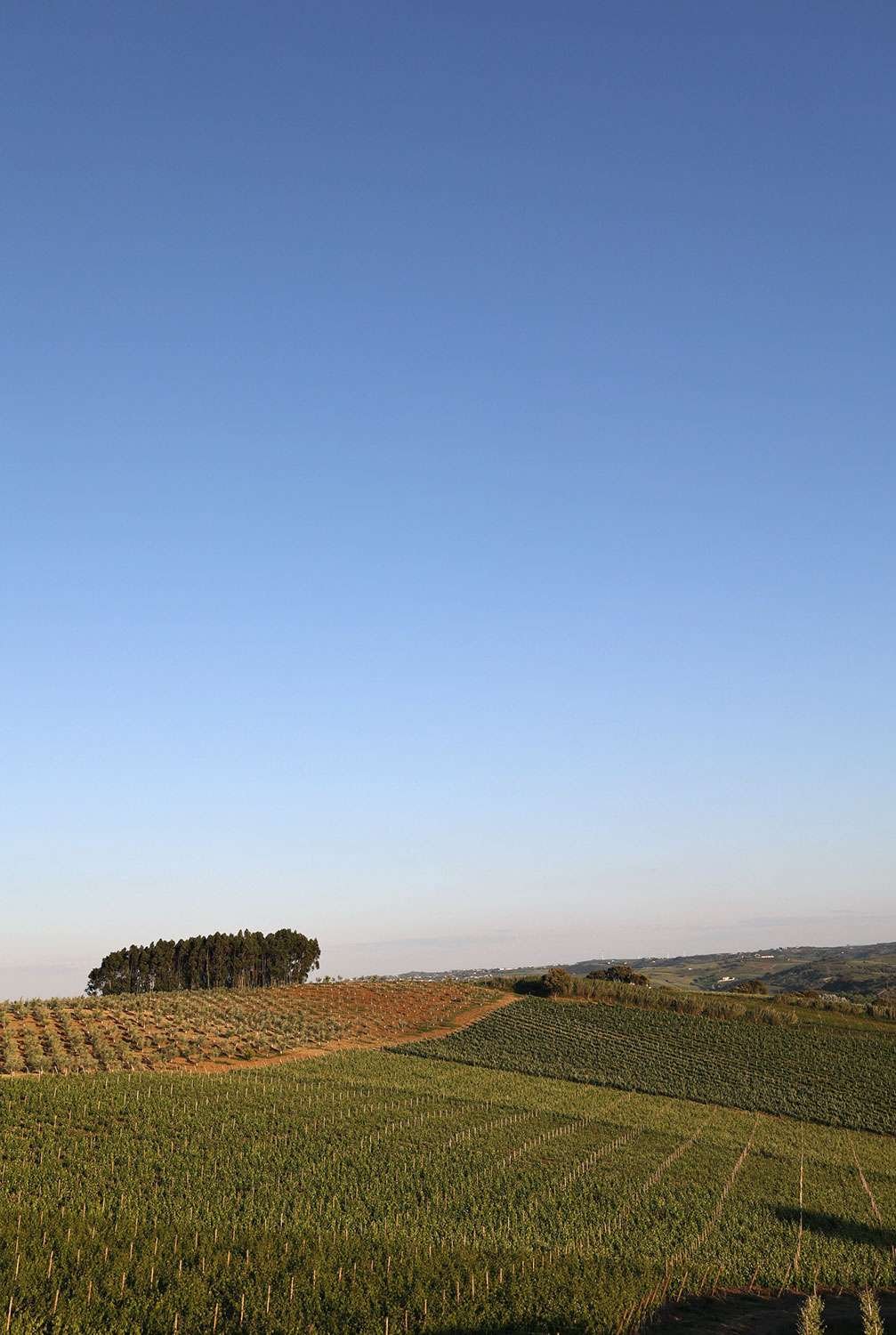
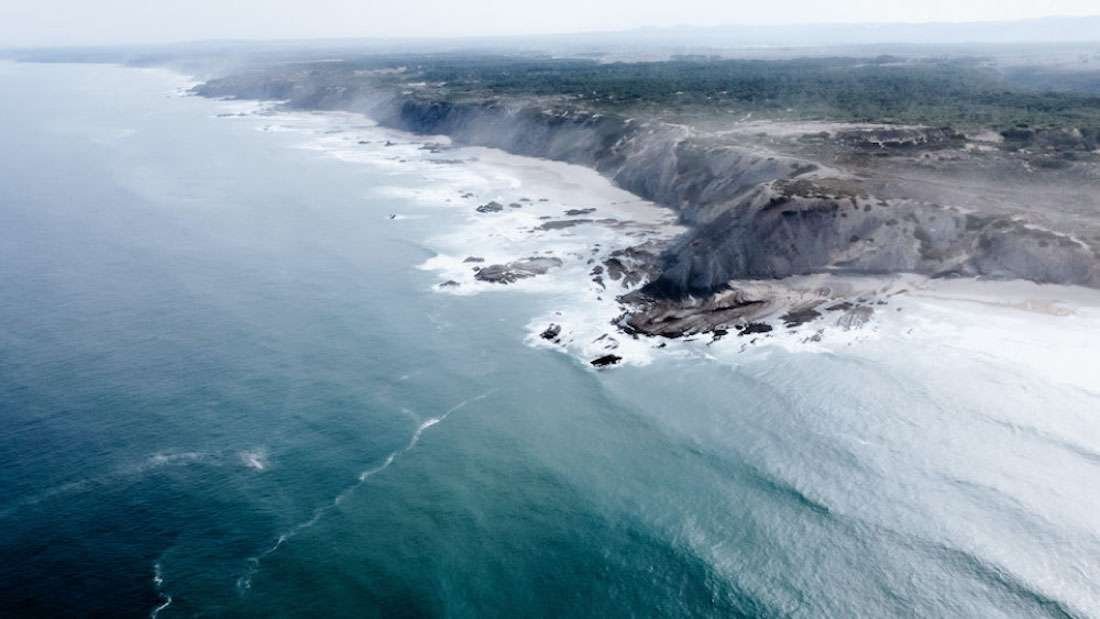
The Lisbon Wine Region is a wine region that produces great wines, with lots of character, and increasingly in greater quantity and quality. To prove it, Lisbon was even named by the international specialist press as one of the best wine destinations of 2019.
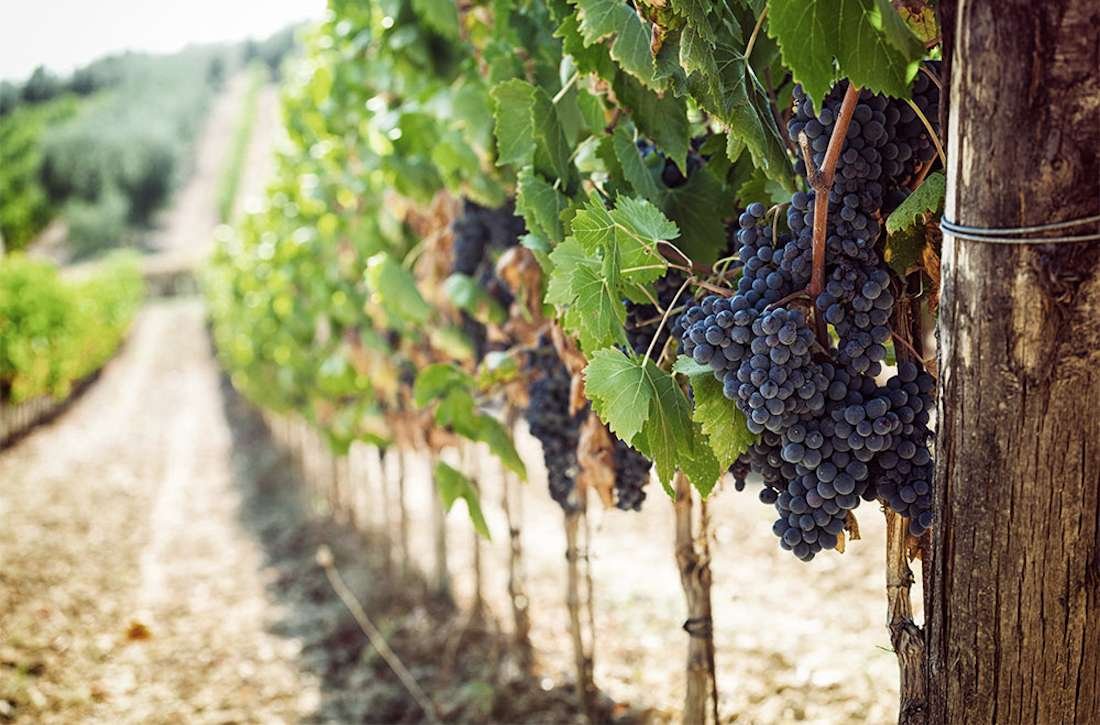

Bem vindo à Quinta Vale Benfeito.
Para navegar neste site, confirme que tem mais de 18 anos e aceite a política de privacidade.
Seja responsável e beba com moderação.
Welcome to the Quinta Vale Benfeito.
To browse this site, confirm that you are over 18 years old and accept the privacy policy.
Be responsible and drink in moderation.